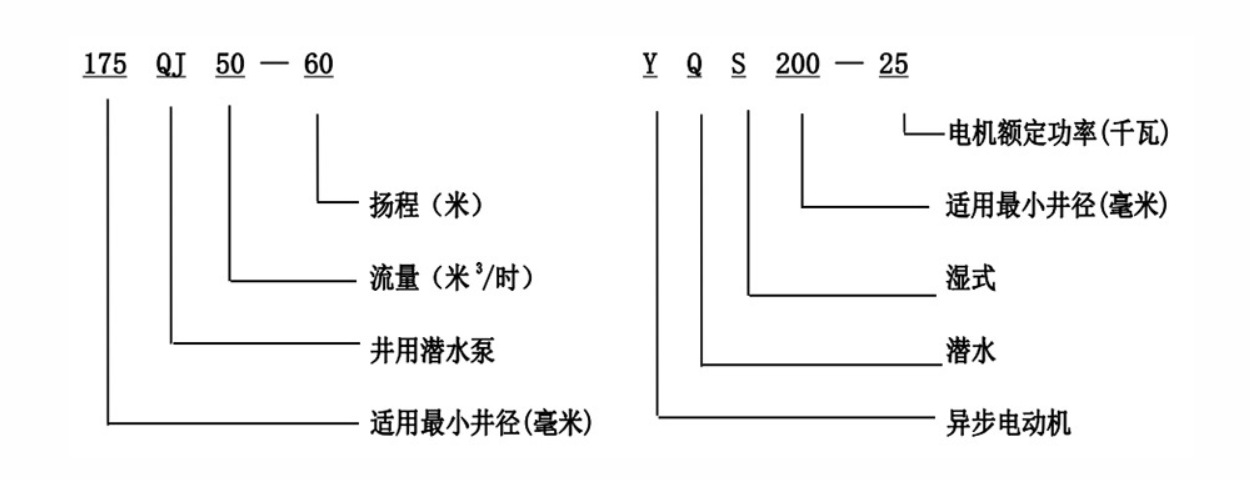Dec . 05, 2024 14:53 Back to list
Steps for Priming Your Submersible Well Pump Effectively and Safely
How to Prime a Submersible Well Pump
Priming a submersible well pump is a critical step to ensure it operates efficiently and effectively. A submersible pump is designed to be submerged under water, and its operation is based on moving water from the well to the surface. Unlike surface pumps, submersible pumps can sometimes require priming to eliminate air trapped in the system, which allows for optimal water flow. While priming is typically not necessary for these pumps, situations can arise that may require it. This article will guide you through the process of properly priming a submersible well pump.
Understanding the Basics
Before diving into the priming process, it’s essential to understand how a submersible well pump works. These pumps are located at the bottom of the well and are encased in a waterproof housing. They push water to the surface through a series of pipes. Priming involves filling the pump and connected piping with water to eliminate any air pockets. If air remains trapped in the system, it can lead to inefficiency, poor pump performance, or even damage.
Identifying the Need to Prime
There are a few signs that indicate your submersible pump may require priming
1. Loss of Water Supply If your water output suddenly decreases or stops, it might be due to air trapped in the system. 2. Strange Noises If you hear unusual noises, such as gurgling or high-pitched whines, it may indicate that the pump is struggling to draw water because of trapped air. 3. Frequent Cycling If the pump turns on and off rapidly or frequently, this could signal that the pump is incapable of maintaining a consistent water supply.
If you notice these signs, it’s time to prime your submersible well pump.
Steps to Prime a Submersible Well Pump
1. Turn Off the Power Before beginning any maintenance, ensure the pump is turned off at the circuit breaker to prevent electrical shock or damage.
2. Locate the Primer Valve Identify the priming valve, which could be found on the pump itself or along the discharge line. This valve allows air to escape, facilitating the entry of water.
how to prime a submersible well pump

3. Fill a Container with Water Use a clean bucket or a hose to gather the water needed for priming. The amount of water needed can vary based on the size of the pump and the length of the discharge pipe.
4. Open the Primer Valve Remove the cap or loosen the primer valve to release any air trapped within the pump and piping system.
5. Add Water Using your container or hose, fill the pump through the open primer valve. Once you notice water flow from the valve, it indicates that the air has been expelled.
6. Close the Primer Valve Securely close the primer valve or replace the cap. Ensure it is tight to prevent any leaks.
7. Restore Power Switch the circuit breaker back on and start the pump. Monitor the operation closely to ensure it runs smoothly.
8. Check for Leaks After priming, inspect all fittings and joints for leaks. If you notice any, address them promptly to avoid further loss of pressure or water.
Maintenance Tips
To prolong the life of your submersible well pump, incorporate the following maintenance practices
- Regular Inspections Check the pump and its components periodically to identify issues early. - Clean the Well Minimize debris in the well to reduce the chances of clogging the pump. - Monitor Water Levels Ensure that water levels in the well remain adequate for pump operation.
Conclusion
Priming a submersible well pump is crucial for maintaining functionality and ensuring a reliable water supply. By following these steps and regularly maintaining your pump, you can prevent issues related to air in the system and ensure a consistent flow of water for your needs. Always remember that safety comes first, so never hesitate to seek professional help if you are unsure about any step in the process.
-
Submersible Water Pump: The Efficient 'Power Pioneer' of the Underwater World
NewsJul.01,2025
-
Submersible Pond Pump: The Hidden Guardian of Water Landscape Ecology
NewsJul.01,2025
-
Stainless Well Pump: A Reliable and Durable Pumping Main Force
NewsJul.01,2025
-
Stainless Steel Submersible Pump: An Efficient and Versatile Tool for Underwater Operations
NewsJul.01,2025
-
Deep Well Submersible Pump: An Efficient 'Sucker' of Groundwater Sources
NewsJul.01,2025
-
Deep Water Well Pump: An Efficient 'Sucker' of Groundwater Sources
NewsJul.01,2025
-
 Submersible Water Pump: The Efficient 'Power Pioneer' of the Underwater WorldIn the field of hydraulic equipment, the Submersible Water Pump has become the core equipment for underwater operations and water resource transportation due to its unique design and excellent performance.Detail
Submersible Water Pump: The Efficient 'Power Pioneer' of the Underwater WorldIn the field of hydraulic equipment, the Submersible Water Pump has become the core equipment for underwater operations and water resource transportation due to its unique design and excellent performance.Detail -
 Submersible Pond Pump: The Hidden Guardian of Water Landscape EcologyIn courtyard landscapes, ecological ponds, and even small-scale water conservancy projects, there is a silent yet indispensable equipment - the Submersible Pond Pump.Detail
Submersible Pond Pump: The Hidden Guardian of Water Landscape EcologyIn courtyard landscapes, ecological ponds, and even small-scale water conservancy projects, there is a silent yet indispensable equipment - the Submersible Pond Pump.Detail -
 Stainless Well Pump: A Reliable and Durable Pumping Main ForceIn the field of water resource transportation, Stainless Well Pump has become the core equipment for various pumping scenarios with its excellent performance and reliable quality.Detail
Stainless Well Pump: A Reliable and Durable Pumping Main ForceIn the field of water resource transportation, Stainless Well Pump has become the core equipment for various pumping scenarios with its excellent performance and reliable quality.Detail
